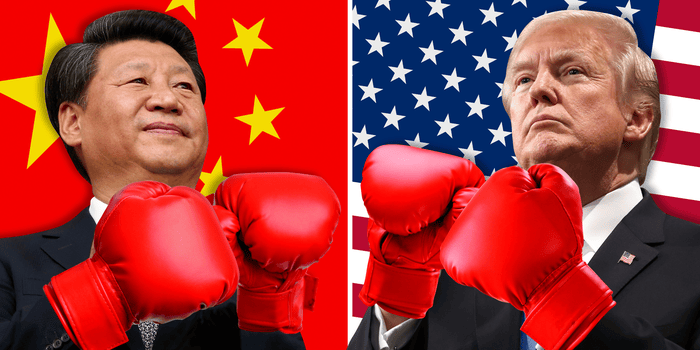Free Consultation, Call Now 416-902-2126
The Impact of the US-China Tariff War on the Hair Industry: Navigating Challenges and Changes
The ongoing tariff war between the U.S. and China has sent ripples across various industries—and the hair industry is no exception. In this blog, we dive into how increased tariffs on Chinese imports have impacted the availability, pricing, and sourcing of hair systems, wigs, and hair patches in North America. Learn how retailers, salon owners, and consumers are coping with price hikes, supply chain disruptions, and shifts in global sourcing. If you’re in the hair or beauty industry—or rely on these products—this insightful breakdown will help you understand what’s happening behind the scenes and how to adapt moving forward.
4/18/20255 min read


Understanding the Tariff War: A Brief Overview
The US-China tariff war, a significant economic conflict between the two largest global economies, has roots in trade imbalances and grievances concerning intellectual property theft. Initiated in 2018, this confrontation arose as the United States accused China of unfair trade practices, which included the appropriation of trade secrets and a lack of market access for US companies. Consequently, the US administration implemented tariffs on a multitude of Chinese imports, seeking to correct these perceived injustices and enhance competitiveness for American industries.
Tariffs are essentially taxes imposed on imported goods, intended to make foreign products more expensive and less attractive compared to domestically produced items. In response to US tariffs, China retaliated by levying its own tariffs on US goods, creating a tit-for-tat scenario that extended beyond mere economics, affecting broader diplomatic relations. This trade war has resulted in increased prices for consumers while disrupting supply chains across various sectors.
In the hair industry, the consequences of the tariffs have been particularly pronounced. Products such as hair systems, wigs, and hair patches are substantially impacted due to their reliance on imported materials from China. The escalating tariffs have led to increased costs for manufacturers and retailers in the US, prompting them to reevaluate pricing structures and sourcing strategies. As a consequence, consumers may face higher prices or constrained availability of these essential hair products.
The turbulent nature of the tariff war highlights the interconnectedness of global commerce and the need for companies within the hair industry to navigate these challenges effectively. Understanding the tariff dynamics not only informs stakeholders about potential economic impacts but also emphasizes the ongoing volatility that could shape future market conditions.
Impact on Availability and Pricing of Hair Products
The ongoing US-China tariff war has significantly affected the hair industry, particularly in terms of the availability and pricing of hair products across North America. Increased tariffs on imported goods, including hair systems and wigs, have resulted in higher costs for retailers and salon owners. These additional expenses are often transferred to consumers, leading to noticeable price hikes for various hair care products. As such, both affordability and accessibility have emerged as pressing concerns within the market.
Retailers are re-evaluating their supply chains and sourcing strategies as they confront the implications of tariffs on imported hair products. Many have reported challenges in maintaining the same levels of inventory, which has forced them to consider alternative suppliers, some of which may not meet the desired quality standards. Consequently, salon owners are facing a dual challenge: sourcing high-quality products while managing rising costs. These disruptions can impact not only the selection available to consumers but also the overall client experience as salons navigate the complexities of procurement in a tariff-laden environment.
Moreover, consumer behavior has shifted in response to these changes. As prices increase, many customers are becoming more price-sensitive and discerning in their purchasing decisions. This trend is further changing demand dynamics, as consumers may opt for lower-priced alternatives or delay purchases altogether. The market is witnessing a surge in cost-effective product offerings as retailers adapt to these consumer preferences. In light of the tariff-induced shifts, the hair industry must continuously adapt to the evolving landscape, encompassing both challenges and opportunities in the quest to satisfy customer demand while managing rising operational costs.
Supply Chain Disruptions: Challenges Faced by Retailers and Salon Owners
The ongoing US-China tariff war has profoundly affected many industries, including the hair industry, leading to significant supply chain disruptions. Retailers and salon owners have grappled with delays in product shipments, shortages of essential supplies, and fluctuating product availability. These challenges have prompted industry professionals to adjust their operations and strategies in an attempt to maintain a competitive edge.
For instance, a salon owner based in California reported delays in the arrival of hair care products due to increased tariffs on imported goods. This has resulted in a scarcity of popular brands, forcing the owner to explore alternative, often more expensive, domestic suppliers. Such adjustments not only strain financial resources but also affect the quality of services provided, as salons strive to meet customer expectations despite limitations in product choices.
Moreover, many retailers have encountered inventory management challenges due to the unpredictable nature of supply chain disruptions. A retail manager shared that they have started to implement a just-in-time inventory system, reducing stock levels to avoid excesses that could lead to losses from spoiled or outdated products. While this approach has its advantages, it also increases the risk of running out of popular items, thereby impacting potential sales and customer satisfaction.
Some industry stakeholders have turned to technology to mitigate these risks. Advanced inventory management systems and predictive analytics allow salon owners and retailers to better anticipate market demands and adjust their purchasing strategies accordingly. Additionally, forming partnerships with multiple suppliers has become a common strategy, as it enables flexibility and resilience against supply chain vulnerabilities caused by the tariff war.
Overall, while the US-China tariff war presents formidable challenges to the hair industry, it has also encouraged retailers and salon owners to innovate and adapt in order to sustain their operations. The path forward hinges on continued adaptability and a willingness to embrace new strategies to cope with these ongoing disruptions.
Adapting to Change: Strategies for Industry Stakeholders
The US-China tariff war has undeniably altered the landscape of the hair industry, compelling stakeholders such as retailers, salon owners, and consumers to adapt proactively to ensure sustainability and growth. Adapting to these changes involves several key strategies that can help mitigate the potential negative impact of tariffs.
First and foremost, exploring new sourcing options is crucial. Stakeholders should consider diversifying their supply chains by identifying suppliers from other countries. This shift can help reduce dependency on Chinese imports and lower exposure to tariff-related costs. Retailers and salon owners might focus on emerging markets or existing relationships that could offer competitive pricing and quality products.
Additionally, moving towards domestic suppliers can provide a double benefit of supporting local economies while avoiding the complexities of international shipping and tariffs. Domestic sourcing not only enhances supply chain resilience but also can lead to shorter lead times and fresher products for consumers.
Another innovative approach is to explore alternative products that may not be impacted by tariffs. This can include using raw materials or components that are sourced outside of China or developing private-label brands that utilize these alternatives. By adopting this strategy, businesses can sustain their operations without significantly raising prices for consumers.
Staying informed about policy changes is also of paramount importance. Regularly monitoring updates from government agencies and industry associations can help businesses anticipate shifts and prepare accordingly. Engaging with trade organizations and participating in industry forums can provide valuable insights and support in navigating these challenges.
Lastly, fostering community support through collaborative initiatives among local businesses and customers can significantly bolster resilience. Technology can facilitate this by enhancing communication and logistical coordination within the supply chain. By employing effective technologies, stakeholders can streamline operations, maintain transparency, and ultimately enhance customer satisfaction in an evolving market. These strategies represent actionable steps that stakeholders can implement to thrive amid the complexities of the US-China tariff war.
